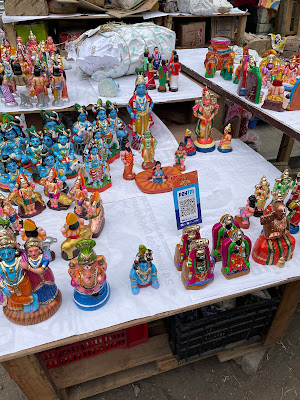The world is split into two for the last week or so, ever since India’s self-made billionaire and tech mogul Mr. Narayana Murthy (NRN) said India and Indians should work long hours. It was a tete-a-tete with his former Co-Founder Mr. Mohandas Pai where he drew a parallel and to various developing economies of the previous century.
Mr. Murthy corroborated and said that our countrymen and women should take it up as national pride and commitment to work 70 hours a week and drive the economy further, just how Germany and Japan did after the World War 2.
A lot has been said (and remains unsaid) by top leaders, chiefs of conglomerates, politicians, State Heads, and so on, responding to NRN’s views.
The father-in law of the current British Prime Minister Mr. Rishi Sunak, has been known to be a workaholic for well over 50 years. I travelled with him in the same flight in 2005 from Bangalore’s HAL Airport to New Delhi. He sat in the first row of the Economy class of the now defunct Jet Airways without much fuss.
When I requested him for an autograph on a book that I bought specifically at the airport for this purpose, he politely declined, though he spent a few minutes chatting with me enquiring my whereabouts.
Exactly a year later in 2007, another Co-Founder of Infosys, Mr. Kris Gopalakrishnan and I travelled in the first class of Singapore Airlines from Bangalore to Singapore, where I was a speaker on India’s aviation future at a much revered global conference. We hardly spoke with each other as it was a midnight flight, but it was a warm eye-connect between the two of us.
No comparisons between the two, but to each his own. Infosys has been built brick by brick, click by click rather, by millions of former and present employees of the company, which was one of the front-runners of the late 90s and all through the 2000s in shaping India as the “back office of the world’s IT needs”.
If NRN has worked for 70 hours or more a week during his prime years, so have many of his employees. And many, across IT and ITES in India continue to do so till date.
In fact, after the Govt. imposed and later on, self-imposed WFH regimen by scores of Indians since the first ever Covid-19 led lockdown from Mar. ‘20 onwards, employees have been working for over 70 hours a week, if we were to include intermittent times spent on calls, chats and email over dinner table, on weekends and during vacations.
Earlier this year in May, I proudly completed 26 years in retail. I started my career scooping ice-cream part time from 11am to 3pm at Chennai’s first and India’s second Baskin Robbins parlour way back in 1997. I would attend NIIT to learn computer languages from 7am for 2 hours and completed my graduation at RKM Vivekananda College in the evening from 4pm till 8pm.
After I finished my MBA in Marketing, I joined RPG Retail where I worked in consumer facing retail formats in Store Operations roles at Musicworld and Foodworld at Kolkata & Chennai respectively. This was followed by tenures at The Future Group and Café Coffee Day – gaining significant experience in front-end retail as well as Strategic Management.
All along, it was a 6-day workweek for most of us, especially serving consumer aspirations, as scores of Indians came out to spend their earnings in new, shiny retail formats.
Last week, Bengaluru’s northern suburb, Hebbal witnessed the opening of one of Asia’s largest shopping centres, aptly titled “Mall of Asia”. As much as there was celebration inside the mall, there was a severe traffic jam outside and on both sides of the National Highway (cum Airport Road) leading to the mall.
People complained on social media with photos and videos about the massive traffic jams (while they were indeed the traffic!), which was picked up and reported extensively by mainstream media. What no one shared was the lives and strains of retail employees inside this mall and many hundreds across India, over ten million at last count in organised retail, who are working towards uplifting their own lives, their families and the Indian Economy.

































